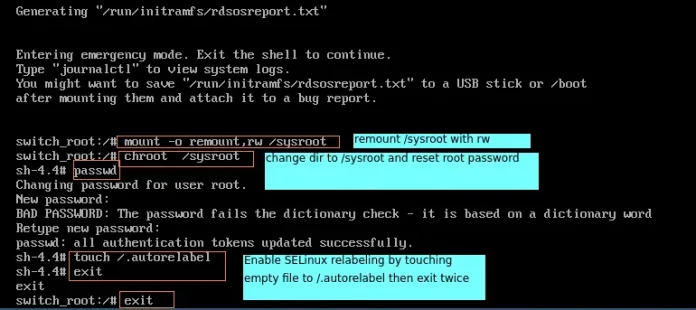In numpy, arrays may have a data-types containing fields, analogous to columns in a spreadsheet. An example is [(a, int), (b, float)], where each entry in the array is a pair of (int, float). Normally, these attributes are accessed using dictionary lookups such as arr[‘a’] and arr[‘b’]. Record arrays allow the fields to be accessed as members of the array, using arr.a and arr.b. numpy.recarray.ravel() function returns returns contiguous flattened record array i.e. 1D array with all the input-array elements and with the same type as it.
Syntax : numpy.recarray.ravel([order]) Parameters: order : [‘C’, ’F’, ‘A’, ‘K’, optional]
- ‘C’ means to index the elements in row-major, C-style order, with the last axis index changing fastest, back to the first axis index changing slowest.
- ‘F’ means to index the elements in column-major, Fortran-style order, with the first index changing fastest, and the last index changing slowest.
- ‘A’ means to read the elements in Fortran-like index order if a is Fortran contiguous in memory, C-like order otherwise.
- ‘K’ means to read the elements in the order they occur in memory, except for reversing the data when strides are negative.
By default, ‘C’ index order is used. Return : [array_like] Flattened array having same type as the Input array and and order as per choice.
Code #1 :
Python3
# Python program explaining# numpy.recarray.ravel() method # importing numpy as geekimport numpy as geek# creating input array with 2 different field in_arr = geek.array([[(5.0, 2), (3.0, -4), (6.0, 9)], [(9.0, 1), (5.0, 4), (-12.0, -7)]], dtype =[('a', float), ('b', int)])print ("Input array : ", in_arr)# convert it to a record array,# using arr.view(np.recarray)rec_arr = in_arr.view(geek.recarray)print("Record array of float: ", rec_arr.a)print("Record array of int: ", rec_arr.b)# applying recarray.ravel methods# to float record array out_arr = rec_arr.a.ravel()print ("Output flattened float array : ", out_arr) # applying recarray.ravel methods# to int record array out_arr = rec_arr.b.ravel()print ("Output flattened int array : ", out_arr) |
Input array : [[( 5., 2) ( 3., -4) ( 6., 9)] [( 9., 1) ( 5., 4) (-12., -7)]] Record array of float: [[ 5. 3. 6.] [ 9. 5. -12.]] Record array of int: [[ 2 -4 9] [ 1 4 -7]] Output flattened float array : [ 5. 3. 6. 9. 5. -12.] Output flattened int array : [ 2 -4 9 1 4 -7]
Code #2 : We are applying numpy.recarray.ravel() to whole record array.
Python3
# Python program explaining# numpy.recarray.ravel() method # importing numpy as geekimport numpy as geek# creating input array with 2 different field in_arr = geek.array([[(5.0, 2), (3.0, 4), (6.0, -7)], [(9.0, 1), (6.0, 4), (-2.0, -7)]], dtype =[('a', float), ('b', int)])print ("Input array : ", in_arr)# convert it to a record array, # using arr.view(np.recarray)rec_arr = in_arr.view(geek.recarray)# applying recarray.ravel methods to record arrayout_arr = rec_arr.ravel()print ("Output array : ", out_arr) |
Input array : [[( 5., 2) ( 3., 4) ( 6., -7)] [( 9., 1) ( 6., 4) (-2., -7)]] Output array : [( 5., 2) ( 3., 4) ( 6., -7) ( 9., 1) ( 6., 4) (-2., -7)]




